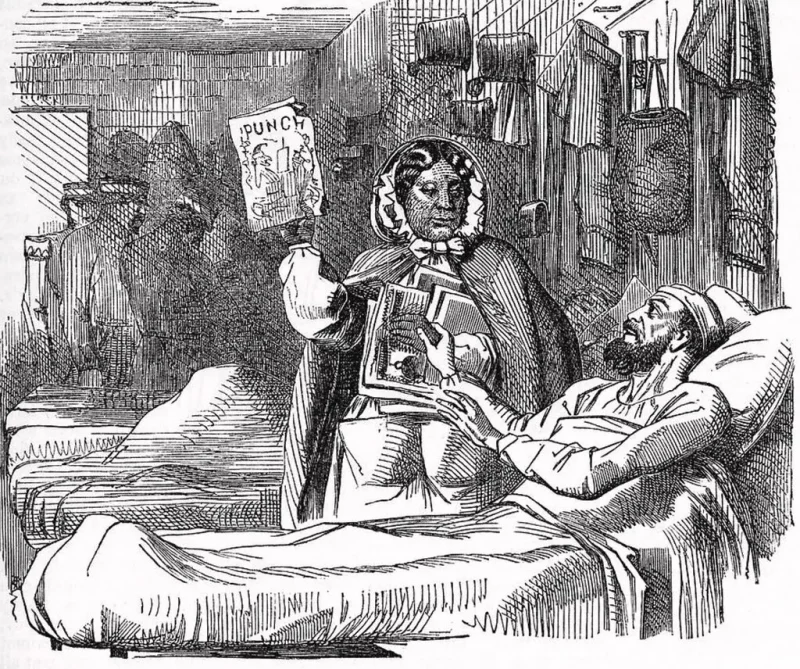Florence Nightingale’s Rival Gets the Last Laugh
Share
Explore Our Galleries
Breaking News!
Today's news and culture by Black and other reporters in the Black and mainstream media.
Ways to Support ABHM?
By Linda Villarosa, New York Times
Helen Rappaport’s “In Search of Mary Seacole” gives a Black nursing legend her due.

In the 1970s, a group of Jamaican nurses traveled to England to visit the newly relocated grave site of a swashbuckling nurse who had been born in a small town 80 miles west of Kingston, and had worked as a healer and humanitarian during the Crimean War. At the pinnacle of her fame, “Mother Seacole,” as she was known, was compared to Florence Nightingale, widely considered the founder of modern nursing. But the nurses found her grave in disrepair, “its white marble headstone ‘dimmed with mildew and dirt.’” To honor their heroine, the group — along with the British Commonwealth Nurses War Memorial Fund — created an exact replica, replete with blue and gold lettering, palm trees carved in stone and a flag invoking her service to the crown.
Thus began the renaissance of Mary Seacole. In 1984, a small feminist press republished her best-selling 1857 memoir, “Wonderful Adventures of Mrs. Seacole in Many Lands.” In 2004, Seacole was voted the “Greatest Black Briton” in an online poll. In 2016, a statue was erected in her honor on the grounds of St. Thomas’s Hospital. An experimental play, “Marys Seacole” — written by the Pulitzer winner Jackie Sibblies Drury — ran in New York and this year opened in London. Gugu Mbatha-Raw will star in an upcoming big-screen biopic.
Yet, according to Helen Rappaport’s well-researched “In Search of Mary Seacole: The Making of a Black Cultural Icon and Humanitarian,” the legendary nurse’s own memoir — and the source of most of our knowledge — is unreliable and incomplete: full of holes, flights of fancy and, at times, outright fabrications. Rappaport, author of a number of books about the Romanov family and the Russian Revolution, became determined to fill in the blanks of Seacole’s story while researching women of color in the nursing profession. Three years later she stumbled upon a haunting portrait of Seacole, painted in 1869, for sale at a flea market. Rappaport bought the painting, lent it to London’s National Portrait Gallery, and began her nearly two-decade dive into an extraordinary life.
Learn more in this description of Rappaport’s book.
Our exhibit galleries also tell the stories of some overlooked trailblazers.
Don’t forget to check out other breaking news stories.











Comments Are Welcome
Note: We moderate submissions in order to create a space for meaningful dialogue, a space where museum visitors – adults and youth –– can exchange informed, thoughtful, and relevant comments that add value to our exhibits.
Racial slurs, personal attacks, obscenity, profanity, and SHOUTING do not meet the above standard. Such comments are posted in the exhibit Hateful Speech. Commercial promotions, impersonations, and incoherent comments likewise fail to meet our goals, so will not be posted. Submissions longer than 120 words will be shortened.
See our full Comments Policy here.